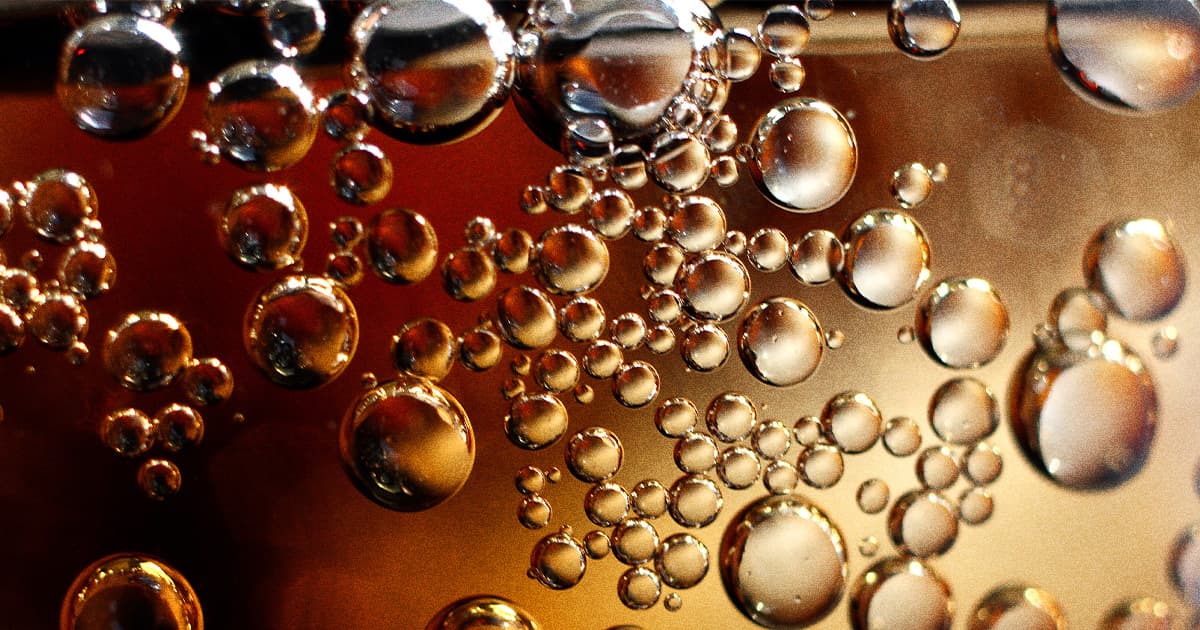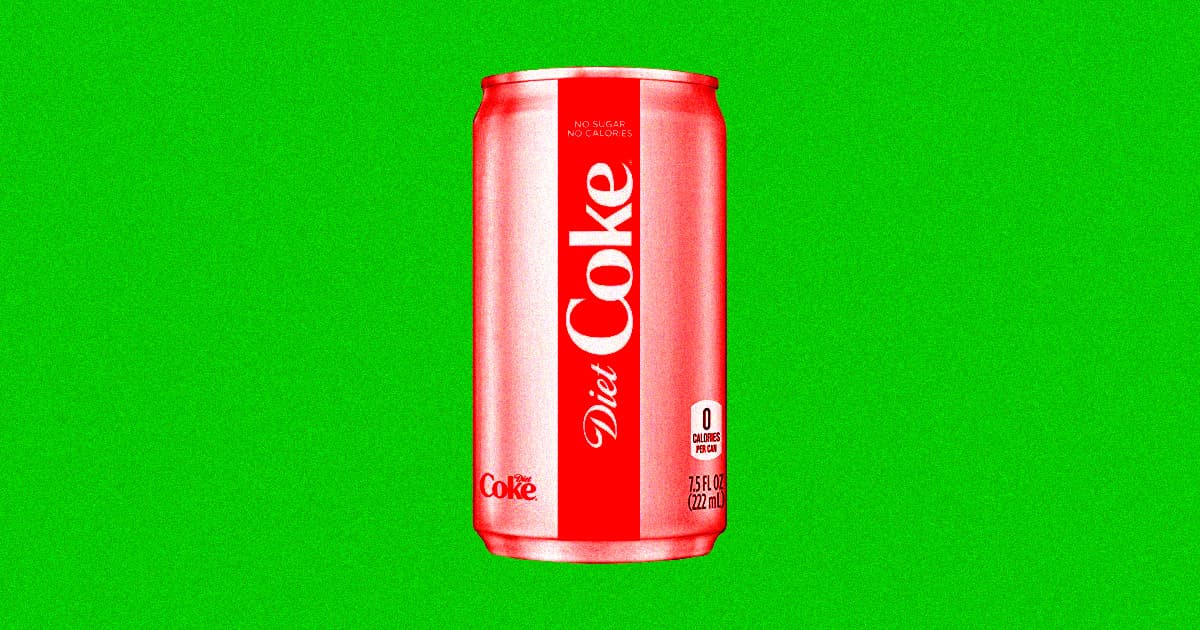The male sex hormone dihydrotestosterone (DHT) may play a key role in hair loss. Pattern hair loss, or androgenetic alopecia, is the most common type of hair loss among males.
Hair loss affects around half of all males over the age of 50 years, and around 50 million males in the United States (U.S.). Hair loss also impacts roughly 30 million females in the U.S. and is more likely to occur after menopause.
DHT is a hormone that plays a role in hair production. While DHT stimulates hair growth in the hair follicles, too much DHT is partly responsible for hair loss, in addition to other factors, such as genetics.
domoyega/Getty Images
DHT is a sex hormone with androgenic properties. This means that it stimulatesTrusted Source characteristics that people typically associate with males. However, while people relate androgens with masculine features, females also produce androgen hormones such as DHT.
The body produces DHT through converting another hormone, known as testosterone. The amount of DHT in the body relates to the amount of testosterone present for the body to convert. As such, when testosterone levels increase, so does DHT levels. The gonads, which refers to either the testes or the ovaries, are typically responsible for producing testosterone.
The hypothalamus and pituitary gland carefully regulate the amount of testosterone in the body. The hypothalamus releases gonadotropin-releasing hormone (GnRH), which travels to the pituitary gland. This stimulates the gland to release luteinizing hormone into the bloodstream.
This hormone then travels to special cells in the testes and stimulates them to produce more testosterone. In people assigned female at birth, the ovaries and and adrenal glands also play a role in testosterone production.
Another hormone known as 5-alpha reductase then converts testosterone into DHT. DHT is much more potent than testosterone. Increasing levels of DHT production is thought to be responsible for the start of puberty in male teenagers. Namely, DHT causes the development of the genitals and growth of pubic and body hair. While less is known about DHT in females, it also likely plays a role in the development of body and pubic hair growth.
DHT plays a role in the stimulation of body hair. However, it also plays a role in the thinning and eventual loss of hair.
Three phases of hair growth
Hair growth is split into three main phasesTrusted Source:
- Anagen (growth): This is the active phase when the hair follicle produces a hair fiber. This phase can last for several years. The longer it lasts, the longer the hair grows.
- Catagen (transition): This phase typically lasts a few weeks. The follicle starts to become inactive and the hair thins. It allows the hair follicle to renew itself.
- Telogen (rest): This is the resting phase. The follicle lies dormant for a few months to roughly a year and hair growth does not occur.
Some people may also refer to the exogen phase. This is essentially a part of the telogen stage and is when hair is shed from the follicle. After completing the telogen phase, the anagen phase typically starts again.
Hair loss
Hair loss occurs due to the miniaturization of the hair follicle. This change causes hair to grow for shorter periods of time and become smaller, finer, and lighter. Eventually, the terminal, or thick hairs reduce to the vellus stage, which refers to fine, wispy hair that is often present all over the body.
The growth of scalp hair is not dependent on androgens, such as DHT. However, they play a role in the development of pattern hair loss, or androgenetic alopeciaTrusted Source. This can occur in males and females.
Higher levels of DHT in hair follicles can lead to a shorter cycle of hair growth. It can also result in the growth of shorter and thinner hair and extend how long hair stays in the resting phase.
The shorter cycle occurs due to the repeated activation of the androgen receptor on the hair follicle, which leads to miniaturization. Testosterone can bind and active the androgen receptor on hair follicles. However, DHT can bind and activate the receptor with five times greater affinity, which is why high DHT levels can lead to hair loss.
Read on to learn more about male pattern hair loss and female pattern hair loss.
If a person has excessively high levels of DHT resulting in hair loss, medications are available to manage DHT-related hair loss. Typically, these medications work by blocking DHT from binding to androgen receptors or inhibiting the body’s production of DHT.
Some examples include:
Finasteride
Finasteride is a 5-alpha-reductase inhibitor. Doctors may prescribe this medicine to treat male pattern hair loss or benign prostatic hyperplasia (BPH). Finasteride acts as a DHT blocker. It works by blocking 5-alpha-reductase, decreasing the amount of circulating DHT, which can help prevent hair loss.
Minoxidil
Topical minoxidil is a treatment for hair loss. It is typically available as a solution or foam that a person can massage directly into areas of hair loss on their scalp. It is suitable for both male and female use.
It is a vasodilator, meaning it helps to widen blood vessels to allow blood to pass through more easily. This additional blood flow may help to shorten the resting phase of hair follicles and stimulate hair growth.
Evidence on the use of vitamins and minerals for preventing hair loss is inconclusive. If a person should tell their healthcare provider if they are taking supplements, as they can interfere with medication. While there is currently not enough supportive evidence, some people may anecdotally recommend the following supplements:
- biotin
- pygeum bark
- pumpkin seed oil
- caffeine
- vitamin B12 and B6
In addition to DHT, evidence also highlights the role of genetics in hair loss. Pattern hair loss may be hereditary for both male and female pattern hair loss.
Experts consider the genetic component of pattern hair loss to be polygenic. This means that is involves many genes. Evidence suggests that the genes relating to pattern hair loss may include:
- the androgen receptor gene
- the estrogen recepetor-beta gene
- the aromatase gene
Some FAQs on DHT may include:
What does DHT do to you?
DHT is a sex hormone that most adults produce. It contributes to the development of sexual structures and characteristics in people assigned male at birth. However, people assigned female at birth may also produce the hormone. It plays a role in body, facial, and pubic hair growth.
Is blocking DHT good or bad?
If people have excessive levels of DHT, they may experience pattern hair loss. As such, these people may consider DHT blockers. Generally, DHT blockers are safe, but some medications and products may cause side effects. For example, some evidence suggests that finasteride may cause male factor infertility.
What causes high DHT?
High levels of DHT often results from excessive testosterone production. Different health conditions can cause DHT levels to rise. These can include prostate problems, issues with the adrenal glands, polycystic ovary syndrome (PCOS), and certain medications, such as anabolic steroids.
How do you reduce DHT levels?
Methods to reduce DHT levels typically include the use of DHT blockers. While more research is necessary, some anecdotal evidence suggests that dietary changes, such as including onions and pumpkin seeds, and lifestyle changes, such as regular exercise, quitting smoking, and reducing stress, may help reduce DHT levels.
Dihydrotestosterone (DHT) is a sex hormone that most adults produce. One of the functions of DHT includes stimulating the growth of body and pubic hair. However, it also plays a role in hair loss on the scalp.
DHT is very potent in stimulating hair follicles. When DHT levels are too high, they can overstimulate hair follicles. This can result in the miniaturization of the hair follicle, causing hair to become smaller, finer, and lighter. Eventually, this can result in hair loss known as pattern hair loss.
As such, some treatments for hair loss may aim to block or inhibit the effect of DHT on hair follicles to preserve hair growth.





